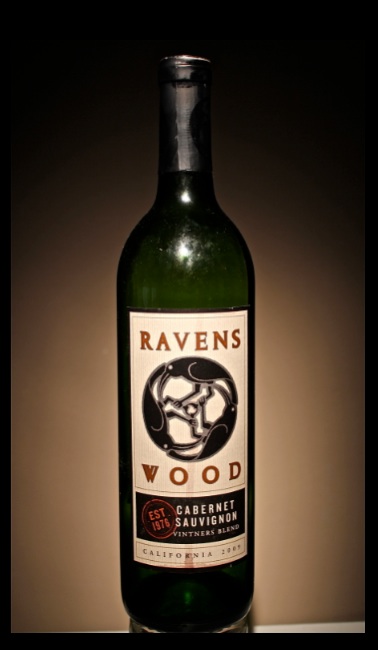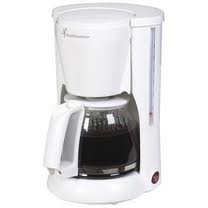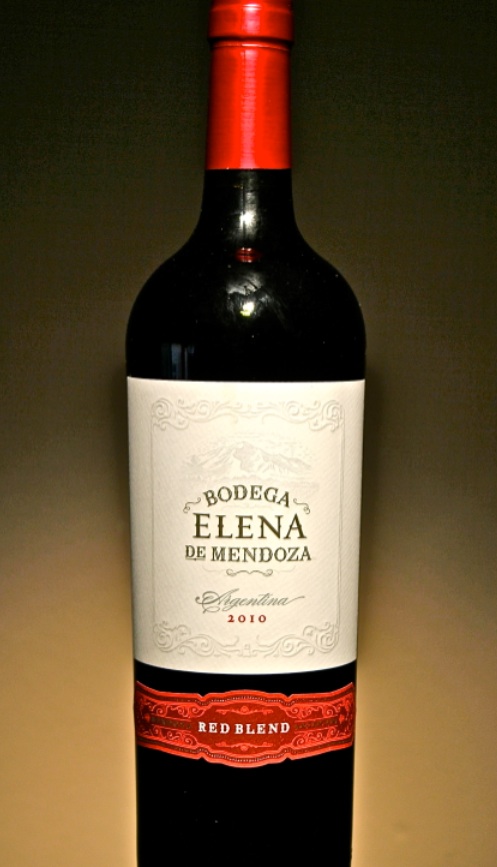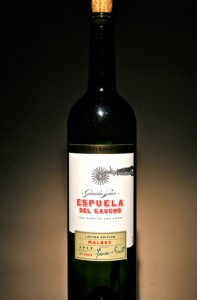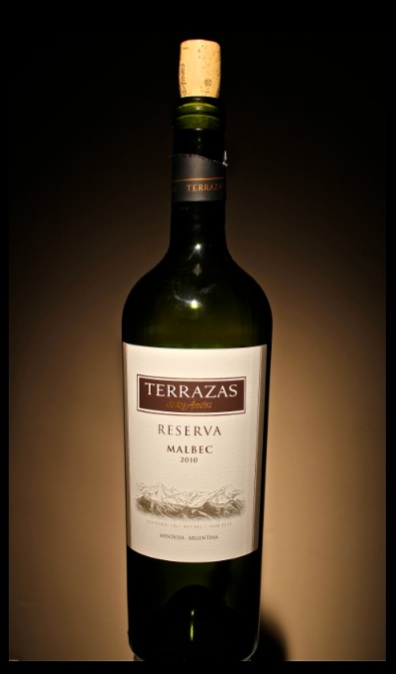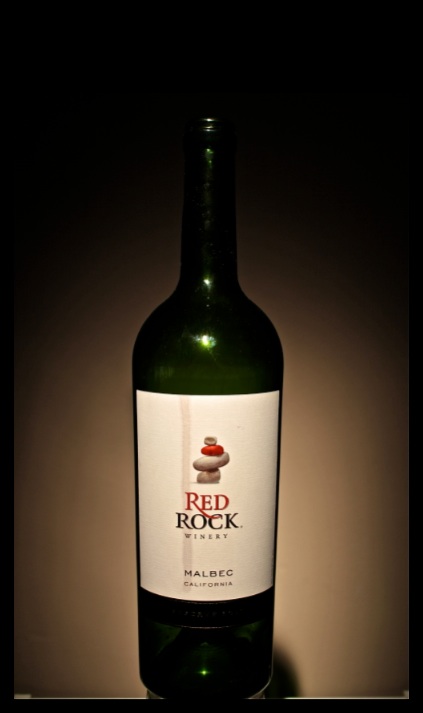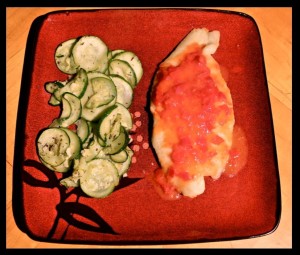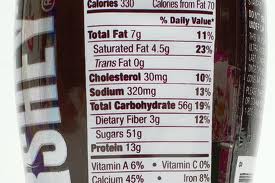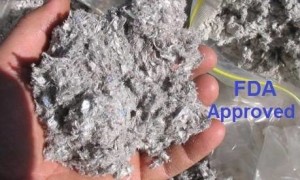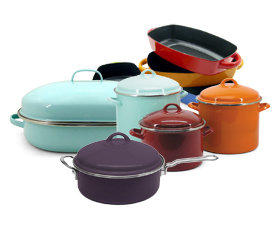Going to a party and can’t decide how much to spend and not trying to buy some junk wine that was a waste of money? Nobody wants to hear the voice of ridicule as party goers make their statements regarding your choice of wine. Well there is a wine to add to the buy list that won’t get you ridiculed. It’s reasonably priced and decent tasting. The Ravenswood line of wines are alright. Try some.
R.I.P. my beloved Mr. Coffee maker
I have owned a Mr. Coffee coffee maker for the last 10 years and have formed somewhat of a bond with it. This basic machine got my day started right.
Every morning it patiently waits on the counter for me to decide if I will be making coffee or not.
Well much to my dismay, earlier this week my Mr. Coffee coffee maker just decided to quit working. It was easy to clean, worked quick, was efficient and made good, hot coffee.
So this week, I have been getting to know my new, replacement coffee maker, the Toastmaster. it looks pretty similar to the old Mr. Coffee. Same color and about the same size. Easy change right?
Well now I have been using a Toastmaster, I have to say that I am not all that impressed. I know you are thinking that how can a coffee maker be that different, but they are, and this one bugs me a little.
The new cone shaped filter is the first change I am dealing with.
It seems the the fine folks at Toastmaster want to use cone shaped filters, so I am adapting my old filters to work since I have so many round ones.
The second thing I immediately noticed was when I poured the coffee out, the fluid hits the lip of the pitcher top and gets diverted onto the countertop. This I fixed by taking the top off and cutting it back on my band saw.
The next thing I noticed was that the heating element is not as hearty as the Mr. Coffee maker and now my cups of morning java are not quite hot enough after I add a little milk.
Personally, the Dude of Food recommends the Mr. Coffee brewer as it performs better all around and can’t wait to buy another Mr. Coffee maker and return to quality. Enjoy.
Bodega ELENA de Mendoza 2010 Red Blend
This family of fine wine is named after the matriarch who came from Italy, Elena Napoli.
Bodega ELENA de Mendoza, Argentina
2010 RED BLEND
62% Malbec
21% Syrah
17% Bonarda
This family has developed some top wines from Argentina that I happen to enjoy. The Malbec and the Red Blend from Bodega Elena de Mendoza are my favorites.
According to the web, the “legs” or “tears” of wine that run down the inside of the wine glass are a sign of alcohol. The heavier the legs, the lower the alcoholic content of the wine. If this is in fact true, then these wines are low in alcohol and big in flavor. The legs may be attributed to sugar, I don’t know.
This Red Blend, like it’s sister Malbec, is loaded with solid flavors and not too sweet.
It’s not too dry either, but just right. These wines will slowly undress for your tongue, landing softly, pleasuring your taste buds, leaving you wanting another sip.
Was priced under $10. Get some.
MALBEC Review – Espuela del Gaucho Reserve 2012
This tasty limited edition Malbec was also grown and bottled in the Mendoza region of Argentina.
Imported by WX Imports, Novato, CA
www.espueladelgaucho.com
Another fine Malbec that is now on my Top 5 Malbec list. Not as good as my favorite, Bodega de ELENA, but gets close. This wine is a 2012, so maybe it needs a year, but still was a very good selection.
The Espuela del Gaucho has unique, slow running, heavy legs. It carries a lighter body, landing gently on the tongue, joyfully leaving hints of mixed berries grown in the fresh Andes air and then drifts away.
Another quality Malbec, that any California cab or Merlot drinker would enjoy for under $12.
Kudos to this kitchen product maker.
http://www.farberware.com http://www.lifetimebrands.com
A couple weeks ago the Dude of Food needed a new “spatchula” and ended up purchasing a Farberware “slotted turner”. It turns out there was a problem with the one I bought and I wrote the company an email to ask about it. To the credit of the company, they were interested in hearing what happened and were more than happy to replace the product. Today the new product arrived and all is good in the kitchen again.
Thank you Farberware and parent company Lifetime Brands, for supporting your customers and standing behind your product line. Maximum respect. You can bet the Dude of Food endorses your kitchen gear and when I need new kitchen utensils you can bet I will be looking at your brands.
Follow the Dude of Food on facebook at – www.facebook.com/thedudeoffood
Malbec – TERRAZAS de los Andes 2010
Another fine wine from the Mendoza region nestled in Argentina.
TERRAZAS de los Andes Reserva Malbec 2010
Produced and bottled by Terrazas de los Andes, Argentina
Selected grapes of the Mendoza region terraces, found a little more than 1,000 meters above sea level, make their way into this wine. The selectivity of this wine is probably why it is imported by the Moet Hennessy company.
Personally, this wine is almost as good as my still favorite Malbec, Bodega de ELENA. The Terrazas is kind of similar to the Elena, but I found it to be a touch lighter in body and flavor when landing on the tongue. The Terrazas is flowery and fruity. Perhaps the Terrazas could be imagined as a merlot version of the Elena if it were imagined as a cabernet of the same vinter.
The Terrazas is a good wine, reasonably priced and will be gone before the bottles of Mondavi that other people brought to the party.
For comments or contact with the Dude of Food, please visit me at
Yelp as Dude Food G.
Red Rock Malbec Reserve 2010
Vinted and bottled by Red Rock winery Healdsburg, CA
1.888.271-9463
This Malbec is grown here in California, not Argentina.
The flavor of this reserve wine lacks the depth of the Bodega de ELENA Malbec, which is my current favorite. It is not a bad wine, but if looking for a reasonably priced California red, I’d go Murphy-Goode Cabernet.
Glazed Swai with zucchini isn’t what it appears.
http://www.youtube.com/watch?v=sy_1YqKtNbw
This link above was the video used by the Dude to complete his mission.
As stated in the video, Swai is not expensive but it tastes mediocre. I made the dish pictured to the right according to the video and it was pretty tasty.
What it doesn’t tell you is that Swai is raised in the Mekong River.
The Mekong River is one of the most polluted waterways in the world. Numerous factories get rid of the chemical waste by dumping them into the river. While pangasius fish (swai) can survive in such an extreme environment, they absorb all these contaminants. As omnivores, they eat whatever is available in the environment. Some breeders feed the fish trash and rotting matter to cut down the cost. Pangasius fish bred in such circumstances, certainly contain these toxic chemicals.
Injecting the fish with hormones helps to stimulate their growth. Certain breeders are able to make their fish grow four times as fast as they do in the natural habitat. Frequent use of antibiotics serves to control disease but can lead to the contamination of meat and development of antibiotic resistant pathogens.
Reliable farms utilize the clean areas of the rivers or breed the fish in artificial ponds. Frequent water changes and filtration maintain the quality of water, so that the fish avoid absorbing the pollutants. Trustworthy breeders feed the fish food scraps, dedicated fish pellets and rice bran. The carefully selected diet leads to healthier fish and improves the quality of their meat. Limited use of the antibiotics allows the fish to break the toxins down, instead of accumulating in the bodies of Swai fish.
To choose the safe fillets, check if the meat has been tested for the presence of the antibiotics and contaminants. Try to avoid panga fillets of unknown origin, as there’s a good chance that they are imported from these shady farms. The responsible shopping habits serve to reinforce the correct commercial breeding techniques. They protect the consumers from ingesting the toxic ingredients.
Bottom line, cheaper isn’t always better.
The Dude of Food Fact – Cellulose (wood chips)
Wood Pulp is A Popular Food Additive
Think you won’t eat wood? Think again.
Cellulose is added to many foods as a thickening agent, lending texture and boosting fiber content.
This reduces the need for expensive ingredients like flour and oil.
While cellulose comes from wood, it is the same structure as cellulose found in celery, serving as a
source of dietary fiber.
The Dude of Food is not opposed, but I still think this kind of information should be more clearly marked on food labels.
In the case of the Mozzarella cheese above, the front of the label says organic. They are not lying, but I’d rather have flour and oil.
